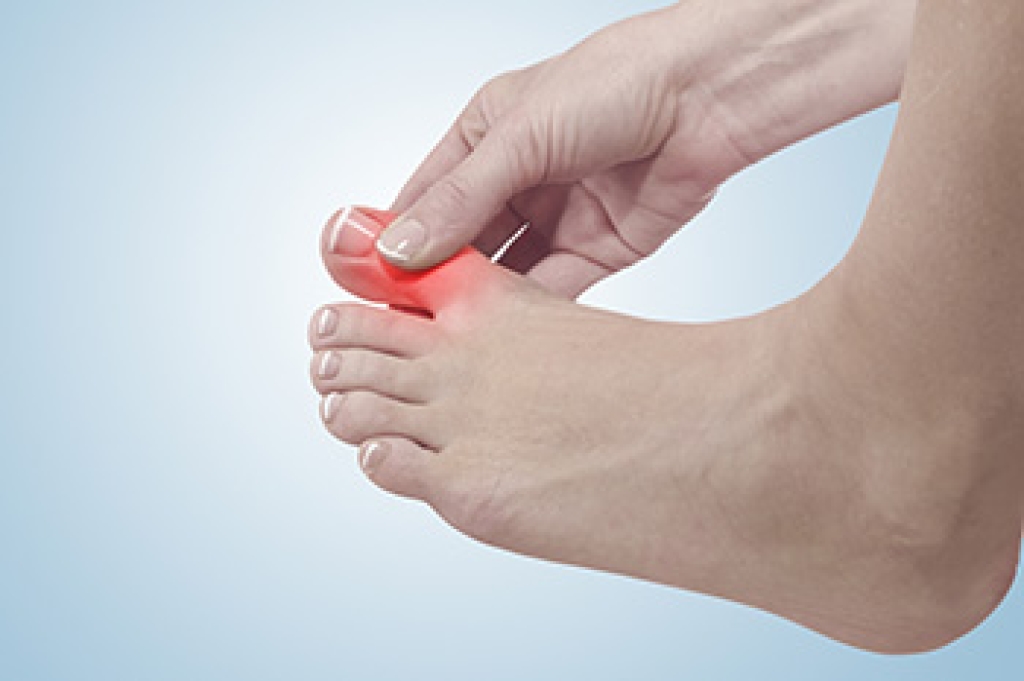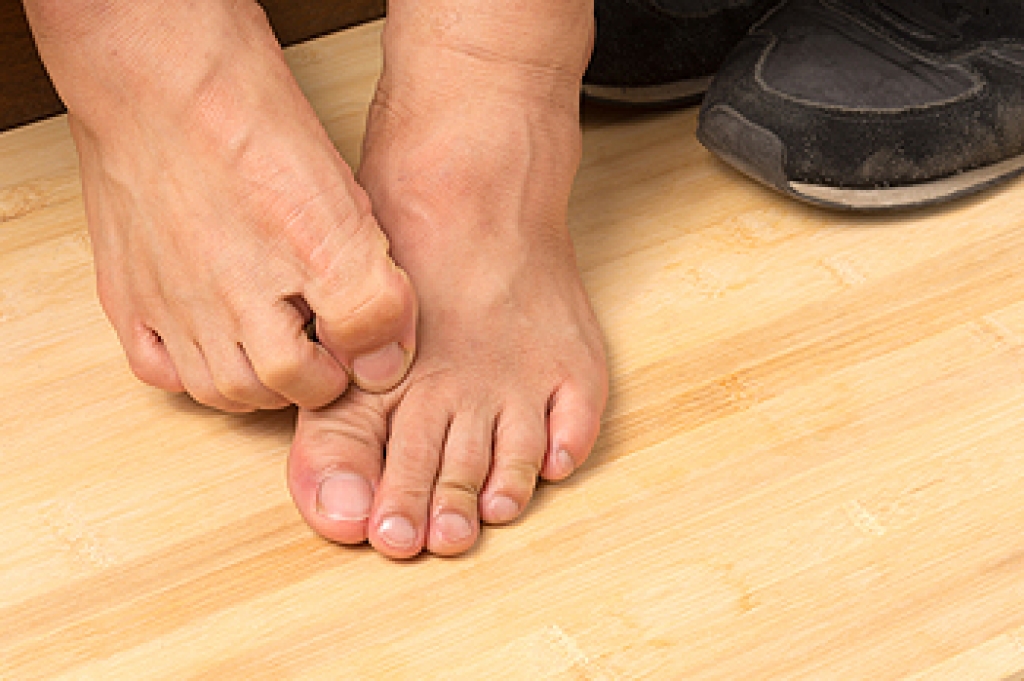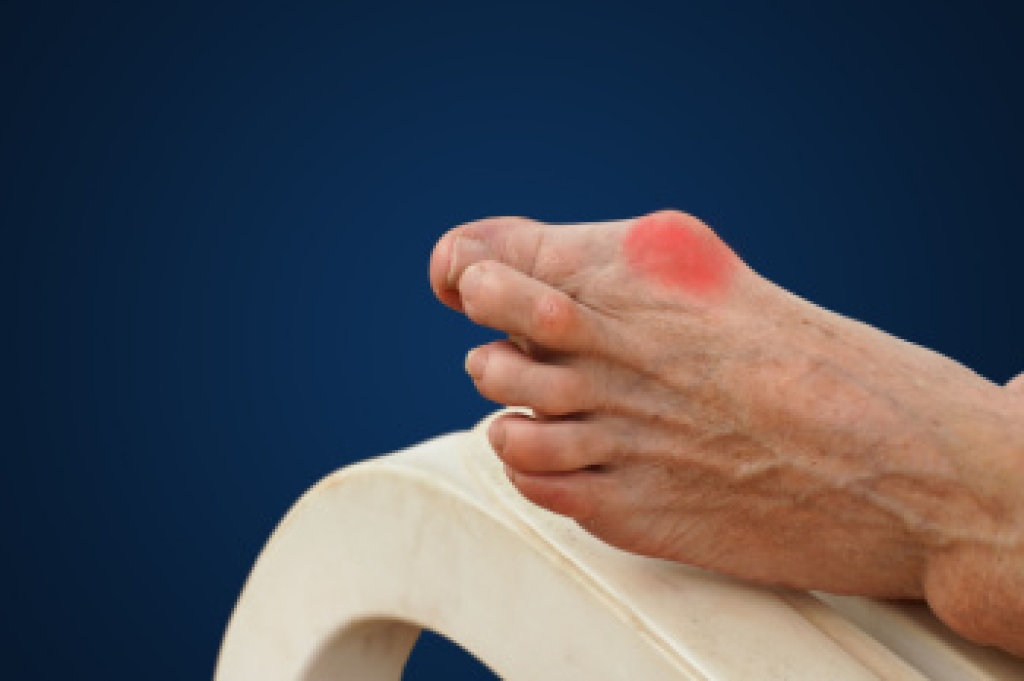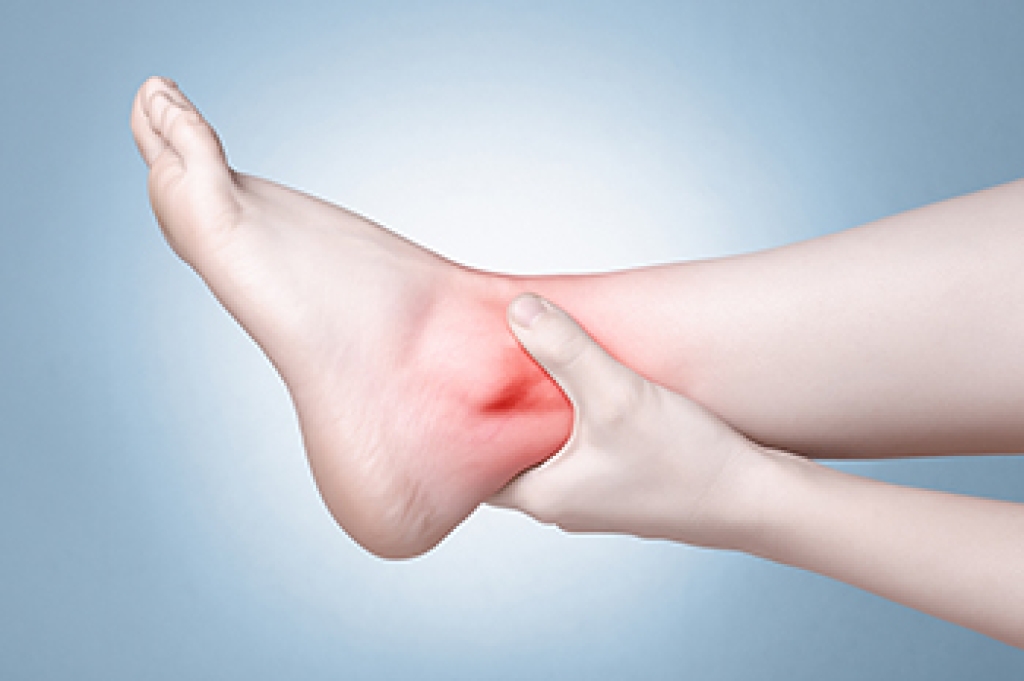
Gout is a type of arthritis caused by the buildup of uric acid crystals in the joints, leading to sudden pain and inflammation. Common symptoms include intense pain, swelling, redness, and warmth, often beginning in the big toe. The big toe is frequently affected because it is the coolest part of the body, allowing uric acid crystals to form more easily. Over time, untreated gout can cause persistent arthritis and limit joint movement. A podiatrist can diagnose gout, provide pain relief, and create a treatment plan to prevent flare-ups. If you have pain in your big toe it is suggested that you consult a podiatrist who can diagnose the problem and offer you effective relief and management tips.
Gout is a foot condition that requires certain treatment and care. If you are seeking treatment, contact one of our podiatrists from Mt Rose Foot & Ankle Specialists. Our doctors will treat your foot and ankle needs.
What Is Gout?
Gout is a type of arthritis caused by a buildup of uric acid in the bloodstream. It often develops in the foot, especially the big toe area, although it can manifest in other parts of the body as well. Gout can make walking and standing very painful and is especially common in diabetics and the obese.
People typically get gout because of a poor diet. Genetic predisposition is also a factor. The children of parents who have had gout frequently have a chance of developing it themselves.
Gout can easily be identified by redness and inflammation of the big toe and the surrounding areas of the foot. Other symptoms include extreme fatigue, joint pain, and running high fevers. Sometimes corticosteroid drugs can be prescribed to treat gout, but the best way to combat this disease is to get more exercise and eat a better diet.
If you have any questions, please feel free to contact our office located in Reno, NV . We offer the newest diagnostic and treatment technologies for all your foot care needs.
 Athlete’s foot
Athlete’s foot


